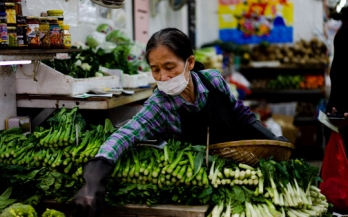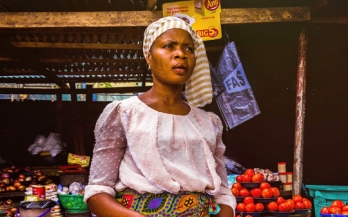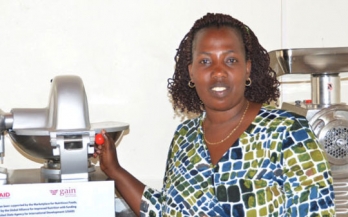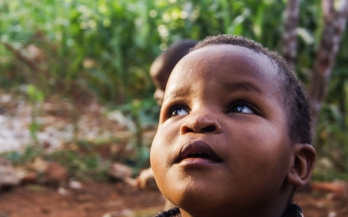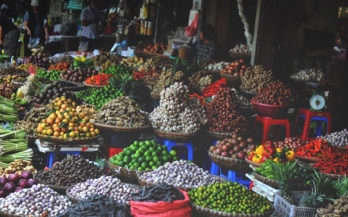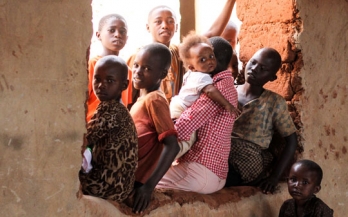- 10/05/2020
These document series summarise some rapid assessments undertaken by the Global Alliance for Improved Nutrition (GAIN) to understand early impacts of the COVID-19 coronavirus pandemic on food systems in a set of low- and middle-income countries where GAIN works (Bangladesh, India, Pakistan, Indonesia, Mozambique, Ethiopia, Kenya, Tanzania, Rwanda, and Nigeria).
GAIN and Incofin Investment Management have announced a new collaboration to take forward the newly established Nutritious Food Financing Facility (N3F) that will equip African SMEs with financing and skills to make nutritious food more available and affordable.
On World Egg Day 2019, GAIN highlights the value and benefits of eggs for all. Providing a high-quality source of protein, eggs are among the most nutritious foods on earth. Their nutritional value is undeniable to people of all ages. For infant and children, eggs are among the best food sources as they contain nutrients which help brain development and physical growth.
- 09/10/2019
GAIN works on supply and demand, as well as on changing incentives, rules and regulations to encourage production and consumption of nutritious and safe foods. We seek to understand and tackle barriers faced by small enterprises working to boost availability, affordability, desirability, and convenience of nutritious foods like eggs, especially for people on low-incomes.
- 09/10/2019
This factsheet highlights the vastly different levels of egg supply seen across African regions, selected African countries, and selected high-income countries. It discusses why eggs remain scarce and expensive in many low-income settings, including across much of Western, Eastern, and Middle Africa.
- 01/11/2017
This report presents the results of that assessment and proposes a Consumption Monitoring and Surveillance Framework consisting of the various processes, phases, components, and domains that provide an enabling environment for this to happen.
- 01/12/2017
The following report provides a consolidation of the findings, their implications for the achievements of the Marketplace program to date, and a series of recommendations to strengthen the design and potential for impact of the Marketplace moving forward.
- 01/06/2016
This summary report presents outcomes from market research interviews conducted with consumers in Nyanza District on behalf of the Marketplace for Nutritious Foods, Rwanda from December 2015 to January 2016.
In 2018, two Innovation Accelerator Call for Proposals under the GAIN Marketplace for Nutritious Foods have been launched and distributed in Rwanda. It is noticeable that business owners/poultry producers have skills and knowledge required to succeed in this sector, they strive to address long term financial and nutritional aspects of poultry products for the Rwandan population but there are some challenges that still persist.
